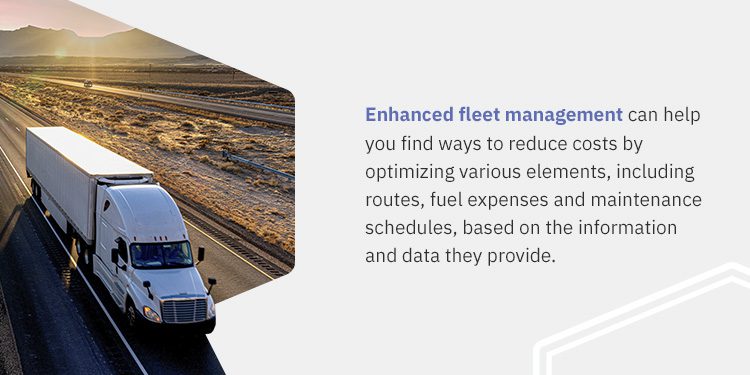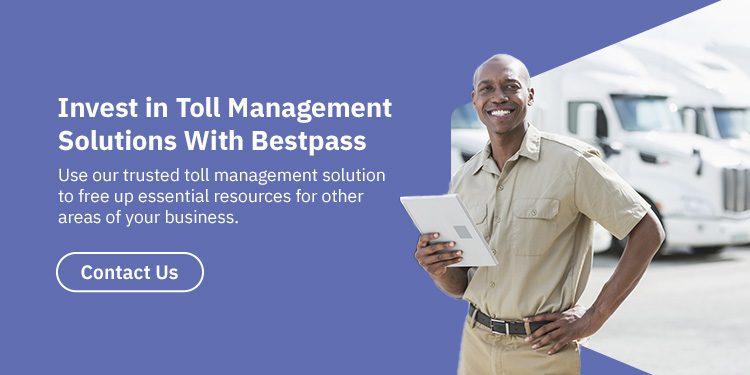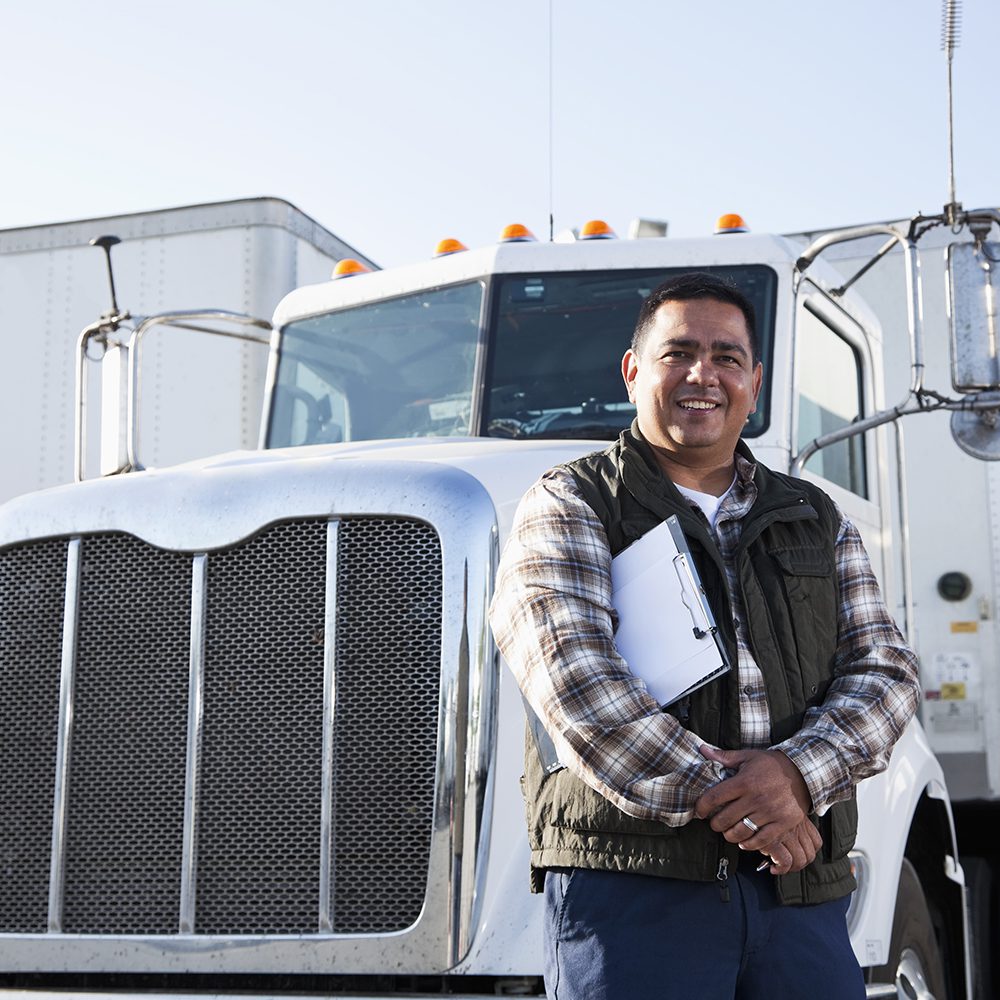
6 Tips for Expanding Your Trucking Fleet
Trucking remains one of the largest industries in America, and growth is expected to remain steady over the coming years, despite the industry’s challenges. Fleet managers and owner-operators must understand how to grow a trucking company properly. Growing too rapidly without the proper resources and foundations can lead to companies struggling to keep up or even shutting down.
Knowing how to scale a trucking business correctly is the key to successful growth. There are many factors to consider when expanding your trucking business, from industry regulations to technology. Here are six tips for growing your trucking fleet:
1. Understand Changing Industry Regulations
Trucking and labor regulations constantly change and affect business operations. Changes to labor laws and trucking regulations happen at federal and state levels, so monitoring proposed bills and how they could impact your fleet is essential. The passing of California’s Assembly Bill 5 changes how independent contractors are defined in California, and it may have a ripple effect if other states follow that example.
Here are a few regulations and federal laws to monitor going forward:
- Unified Carrier Registrations (UCR) fees: Federal Motor Carrier Safety Administration (FMCSA) announced a 31% reduction in fees collected by states from trucking and transport companies, including motor carriers and brokers. It is part of the UCR Plan for 2023 and beyond. The amount of money saved will depend on the size of the fleet.
- Cullum Owings Large Truck Safe Operating Speed Act: This bill seeks to introduce speed limiters to ensure trucks stick to 65 miles per hour.
- Hours of service change: The FMCSA changed some of its hours of service regulations during the COVID-19 pandemic to allow expansions to work days. These changes have no expiration date, so hours of service regulations may shift.
There are also many state laws and regulations to note. Some are geared toward reducing greenhouse gas emissions and adopting zero-emissions commercial vehicles in trucking and freight fleets. California and New York are just some of the states that already have regulations to manage the sale and use of zero-emission vehicles, while other states, like Colorado, are in the process of implementing new emissions regulations.
All these changing regulations impact everything from the type of vehicles you can use in your fleet and the speed they can drive to the fitness of your drivers. If you want to scale your trucking business steadily, it is vital to monitor changing regulations to prepare for changes and remain compliant. Part of your planning should include updating fleet vehicles to match new regulations or ensuring sufficient funds to invest in new vehicles and technology as needed.
2. Use a Toll Management System
Toll management is a crucial aspect of any trucking business. It can also be a difficult and time-consuming task, as it requires dealing with multiple tolling authorities and a seemingly never-ending flow of receipts. Citations and violations can also cause problems when tolls aren’t paid on time. Time and resources spent managing tolls can limit resources spent on other core business functions.
Investing in a toll management and payment solution has several benefits for your trucking business. Saving time and money are two of the biggest benefits of a toll management platform. Save time sorting receipts and avoid fines with a single platform to manage toll payments and potential violations. Many toll management platforms also provide volume discounts, so you pay less on tolls.
You can redirect the money and time you save to other areas of your business so you can reduce costs and improve services to expand safely. Adding new vehicles to a toll management system is simple.
3. Leverage Technology

Operating a trucking business and managing a fleet can be challenging. Properly leveraging technology can streamline processes and reduce costs.
There are several ways technology can help you manage your fleet. Enhanced fleet management can help you find ways to reduce costs by optimizing various elements, including routes, fuel expenses and maintenance schedules, based on the information and data they provide.
Office automation technology and dispatch software can speed up tedious processes, saving time and money. The resources you freed up by investing in technology can be redirected toward growing and expanding your business.
4. Pace Yourself
Rapid expansion and growth can harm your business in the long run. Growing your business too quickly can lead to various problems, such as a shortage of capital, low team morale, insufficient or ineffective systems and processes, a decline in quality and reduced customer satisfaction. Pacing your growth as a fleet owner is vital, as you must consider many additional costs when expanding.
Investing in new vehicles means you have to consider other operating costs such as maintenance, repairs, fuel and more drivers. This can increase the total cost of ownership (TCO). You must focus on budgeting and forecasting when considering expansions to ensure sufficient resources to maintain growth. Your budget significantly affects how you grow your trucking business.
5. Provide Quality Service
One of the best ways to grow your company is by providing quality service. Excellent customer service and satisfaction can help you steadily grow your company. Most people want to work with companies that offer quality services. Impressing your current customers can increase the likelihood of them recommending your services to others in the industry.
Consider ways to solicit and incorporate feedback from past and current customers to enhance operations. Identify areas for growth in current customer service processes, including communication frequency and methods.
Your team might also benefit from regular training sessions to stay up-to-date on delivering the best service as the industry’s climate shifts.
6. Optimize How You Get Loads
You can find loads on freight load boards, through load brokers, by leasing with a carrier company or by dealing directly with shippers. Each method has its advantages and disadvantages, from costs to the ability to choose your loads.
When starting your trucking business, you may work with a broker or motor carrier company to establish services before approaching shippers directly or using load boards. Evaluate what works best for your company and adjust your strategy accordingly. Having a consistent stream of work ensures you have the resources expand.


